Author Archive: ROM
Monthly Archive: December ROM
#ThrowbackThursday: Good Luck!
In September, 1971, the ROM opened the landmark exhibition Keep Me Warm One Night, a kaleidoscopic display of over 500 pieces of Canadian handweaving. It was the culmination of decades of pioneering research and collecting by the ROM curatorial powerhouse duo 'Burnham and Burnham’, aka Dorothy K. Burnham and Harold B. Burnham.
Habitat the Game Update for #Bioblitz150
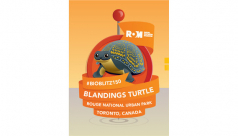
ROM Biodiversity is excited to announce an update to its content on Habitat the Game, celebrating the upcoming Rouge National Urban Park Bioblitz!
#ThrowbackThursday: Fussy but Rewarding
In September, 1971, the ROM opened the landmark exhibition Keep Me Warm One Night, a kaleidoscopic display of over 500 pieces of Canadian handweaving. It was the culmination of decades of pioneering research and collecting by the ROM curatorial powerhouse duo 'Burnham and Burnham’, aka Dorothy K. Burnham and Harold B. Burnham.
CANADA 150 - Quebec - Trade beads
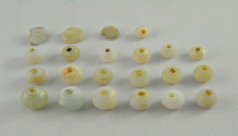
This week, I want to write about beads.
Museum Week 2017

Museum Week is back, June 19th-25th!
#ThrowbackThursday: Hanging the Curtains
In September, 1971, the ROM opened the landmark exhibition Keep Me Warm One Night, a kaleidoscopic display of over 500 pieces of Canadian handweaving. It was the culmination of decades of pioneering research and collecting by the ROM curatorial powerhouse duo 'Burnham and Burnham’, aka Dorothy K. Burnham and Harold B. Burnham.
5 reasons to be excited for BioBlitz Canada 150 in Rouge National Urban Park
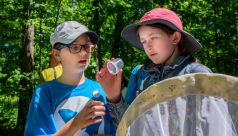
While intensive biological surveying has taken place in the Rouge Valley before, this was before the creation of Rouge National Urban Park and a doubling in the park’s size. We are keen to make history by bringing this amazing citizen science event to Canada’s first and only national urban park for the very first time!
Here are five reasons to be excited about Bioblitz Canada 150 in Rouge National Urban Park, written by Guest Author Omar McDadi from Parks Canada
Who sings for blues? How Blue Whales became ingredients in everyday products
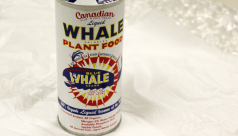
Living in Ontario, the Blue Whale in the vast ocean may seem a distant thought from our daily lives. But our history with these animals is more intertwined than we realize - for example, would you ever use fertilizer in your garden made from blue whales? Canadians used to! Read this guest blog post by ROM Biodiversity / Blue Whale team member Katherine Ing to find out a bit more about the other ways whale products became a part of everyday life during the peak of industrial whaling, and what that means for modern global whale conservation.
There’s more than one "cool" Drake in The Six (or in this case just outside The Six)
Meet the Eastern Green Drake Mayfly (Ephemera guttulata Pictet). This beautiful adult female was collected last year in the Terra Cotta Conservation Area during the Credit River Watershed Bioblitz.
Canada 150 - Prince Edward Island - red pottery
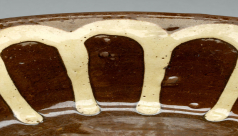
One of my favorite things to think about when studying craft objects is the way in which they can teach us about the place where they were made, in both sociocultural and environmental aspects. Most often craft objects are examined from the sociocultural perspective, but the environmental perspective is important. Crafts are objects made in places, with natural resources. The story of some craft objects can teach us a great deal about the natural world and how human beings use the products of the natural world.
